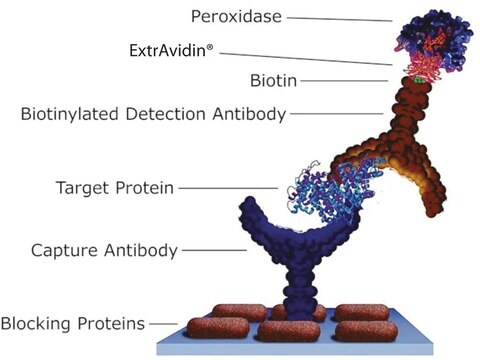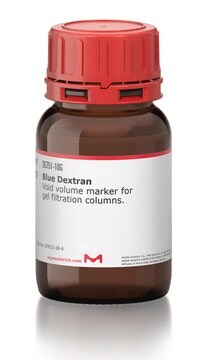A7419
Avidin–Peroxidase
buffered aqueous solution
Synonym(s):
Avidin–HRP
About This Item
Recommended Products
biological source
avidin from egg white
enzyme from horseradish
Quality Level
conjugate
peroxidase conjugate
form
buffered aqueous solution
technique(s)
indirect ELISA: 1:100,000
western blot: 1:400,000-1:800,000 using detecting β-Actin in total cell extract of HeLa cells (5-10 μg/well)
shipped in
dry ice
storage temp.
−20°C
General description
Application
Physical form
Preparation Note
Disclaimer
Storage Class Code
12 - Non Combustible Liquids
WGK
WGK 2
Flash Point(F)
Not applicable
Flash Point(C)
Not applicable
Certificates of Analysis (COA)
Search for Certificates of Analysis (COA) by entering the products Lot/Batch Number. Lot and Batch Numbers can be found on a product’s label following the words ‘Lot’ or ‘Batch’.
Already Own This Product?
Find documentation for the products that you have recently purchased in the Document Library.
Customers Also Viewed
Our team of scientists has experience in all areas of research including Life Science, Material Science, Chemical Synthesis, Chromatography, Analytical and many others.
Contact Technical Service












